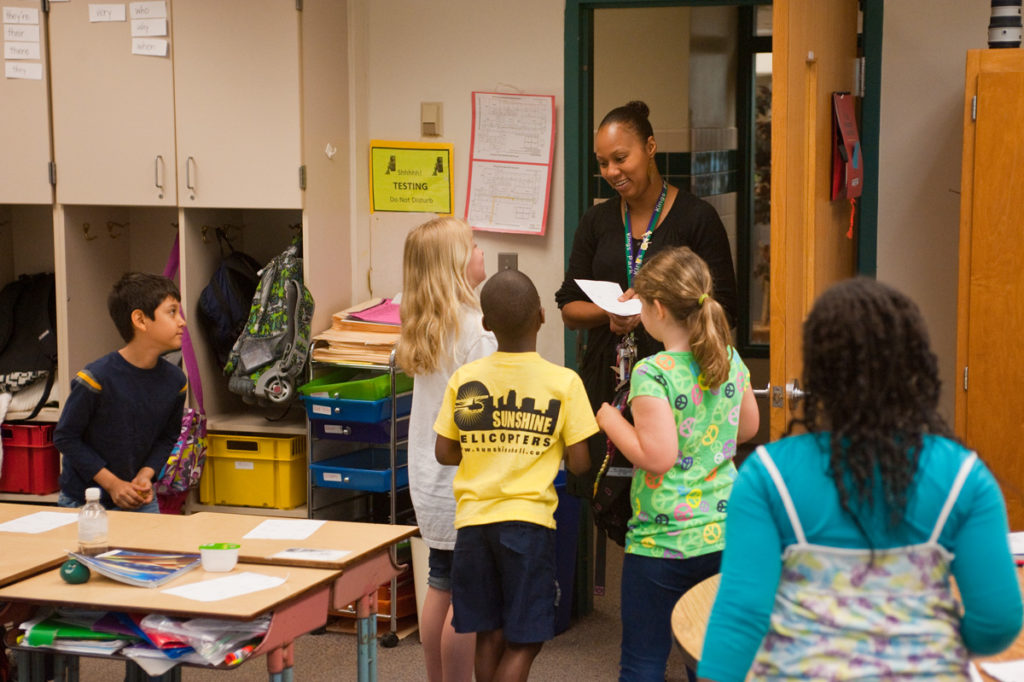
We at Responsive Classroom hear this a lot from educators. If you’re hearing the same from colleagues, or if you’re asking the question yourself, you’ll want to read our new white paper, “Responsive Classroom and PBIS: Can Schools Use Them Together?“
The paper explains that although the Responsive Classroom approach and PBIS (Positive Behavioral Interventions and Supports) differ some in their guidance on reinforcing children’s positive behavior, Responsive Classroom strategies and the PBIS framework—as distinguished from some practitioners’ application of the framework—are essentially compatible.
You’ll see why once you read this paper, and you’ll see how, overall, the two approaches are well aligned in their goals and key elements. The paper concludes that even though there are differences between the two approaches, schools can use them together to create an optimal learning environment for students.
The Responsive Classroom approach and PBIS are both gaining national recognition as solutions for teaching students positive behaviors, a requirement for school success, and many schools and districts are using both. But partly due to a misunderstanding of the fine points of each approach, especially on the question of how to reinforce positive behavior, there’s a perception among some educators that the two approaches collide. We published this paper to clear up the confusion.
Are we endorsing or recommending PBIS? No. But we’re not against it either. We’re simply explaining that the Responsive Classroom approach and PBIS can coexist, and we’re leaving it to schools and districts to decide for themselves whether PBIS is right for them.
And we’re asking that as they deliberate, they always put the interests of students first.
Besides addressing the issue of how to reinforce positive behavior, the paper gives a wealth of other useful information, including:
If your school or district has chosen to use both the Responsive Classroom approach and PBIS, I urge you to go about it with a mindset of collaboration. Enabling students to benefit from the strengths of both approaches is the number one goal. As you’ll read in the paper, the Responsive Classroom coordinator in the mid-Atlantic school district mentioned above puts it this way: “Although I’m passionate about Responsive Classroom and [the PBIS coordinators in the district] are passionate about PBIS, it’s not a tug of war. It’s a tug of peace. And we’re always looking at how to keep the child at the center of that tug of peace.”
Lora Hodges is executive director of Center for Responsive Schools, Inc.